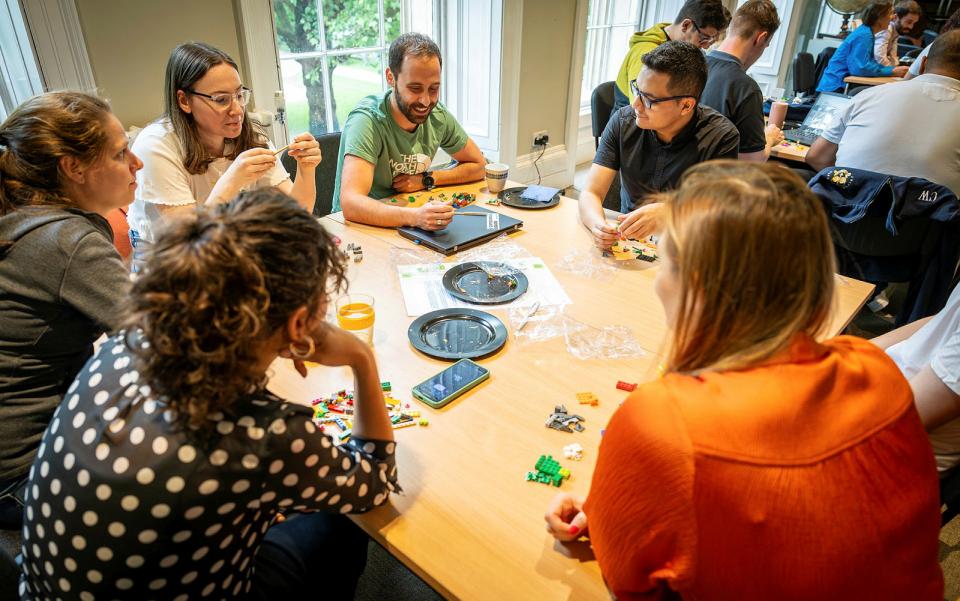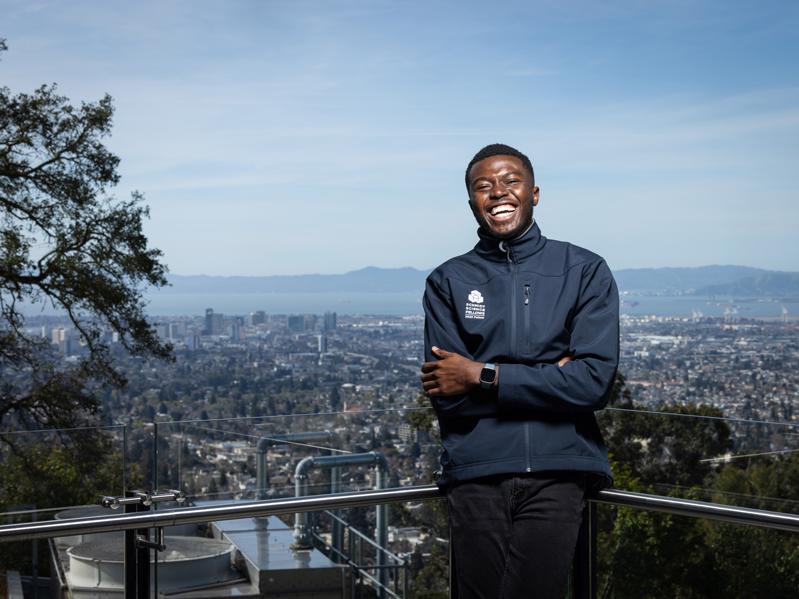Image credit: © Creative Services, University of Bath, 2024 all rights reserved.
When it comes to maximising research excellence, environment matters. Universities do not lack intellectual firepower. But how their organisational culture and strategy align to support research talent can be the vital spark for innovation – especially when facilitating ambitious multidisciplinary collaborations to tackle society’s most urgent issues.
Sarah Hainsworth, pro vice-chancellor for research and enterprise at the University of Bath, says domain-specific approaches alone will not yield the solutions today’s world needs. “It’s only when you start to build interdisciplinary teams that you’re able to tackle those big, complex global challenges,” she says. “Where you get the benefit is people asking the difficult questions – you start asking the ‘but why?’ questions. Or it can just be that somebody looks at a different field and says, ‘I’ve got a tool from my field that would solve that problem for you.’”
The University of Bath runs several initiatives to promote cross-disciplinary collaboration. Launched in 2021, the Bath Beacons initiative is aligned with the university’s broader research priorities and UK Research and Innovation’s strategic themes. The Beacons offer a practical example of how a university can assemble multidisciplinary research teams.
The Bath Beacon team for managing antimicrobial resistance comprises researchers from life sciences, chemistry, mathematical sciences, chemical engineering, electronic and electrical engineering, health, psychology and Bath’s Institute for Policy Research. Other Beacons have similarly diverse cohorts.
“One of the things that’s really important is actually bringing people together,” says Hainsworth. “That’s why things like the Bath Beacon scheme have been really helpful. What we have done is create an environment where people actually come together and talk across those disciplinary boundaries.”
Some of those conversations take on familiar themes. AI is a hot topic. Hainsworth argues that it’s how you apply AI capabilities that matter. Rather than assigning an AI researcher to each project, Bath’s Institute for Mathematical Innovation pools its expertise to provide maths, machine learning and AI support across multiple projects.
Hainsworth believes researchers with an understanding of systems thinking will be invaluable for unpicking complicated problems. Similarly, by pairing experts in the sciences with those in humanities, innovations – be they technological or in policymaking – can be tailored for maximum impact.
“We have some people who are working on lab-grown meat – our cellular agriculture team,” says Hainsworth. “One of the biggest things for them is going to be about how that gets accepted by the public. How it gets through things like food standards and how it gets accepted by the general public because for it to be a commercial success people have to want to buy it and eat it.”
Interdisciplinary scientists face challenges when establishing themselves and securing funding. Hainsworth argues that universities need to help researchers balance their core disciplinary expertise with interdisciplinary collaborations and remove rigid departmental boundaries and administrative hurdles. In the long-term, it will pay off for the researcher – and for society, too.
Times Higher Education has partnered with Schmidt Science Fellows to develop a new ranking measuring universities’ contribution to interdisciplinary science. Find out how to participate.
Find out more about Schmidt Science Fellows.


comment